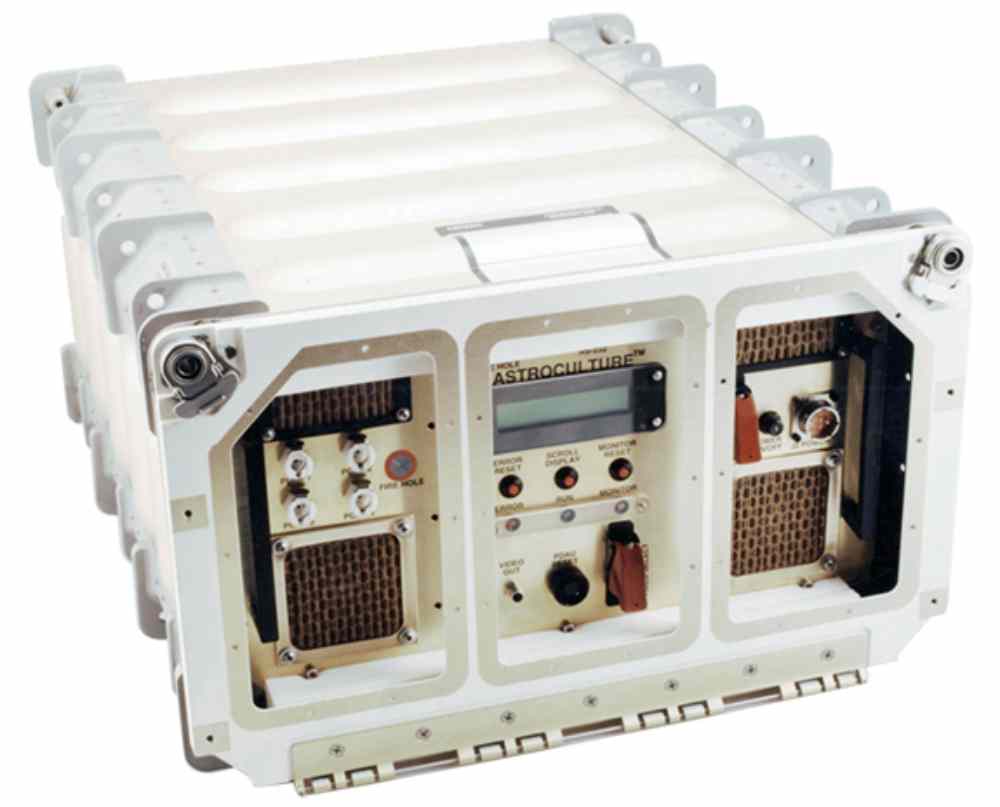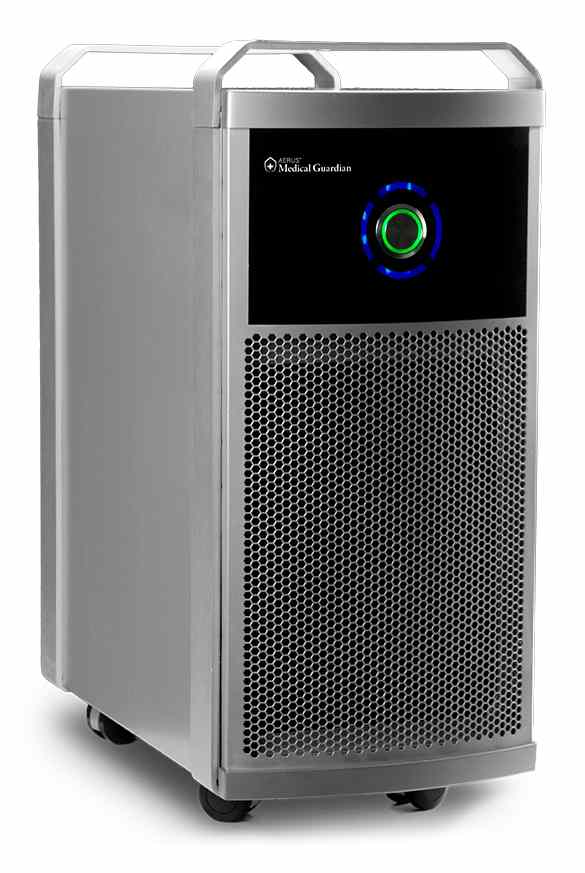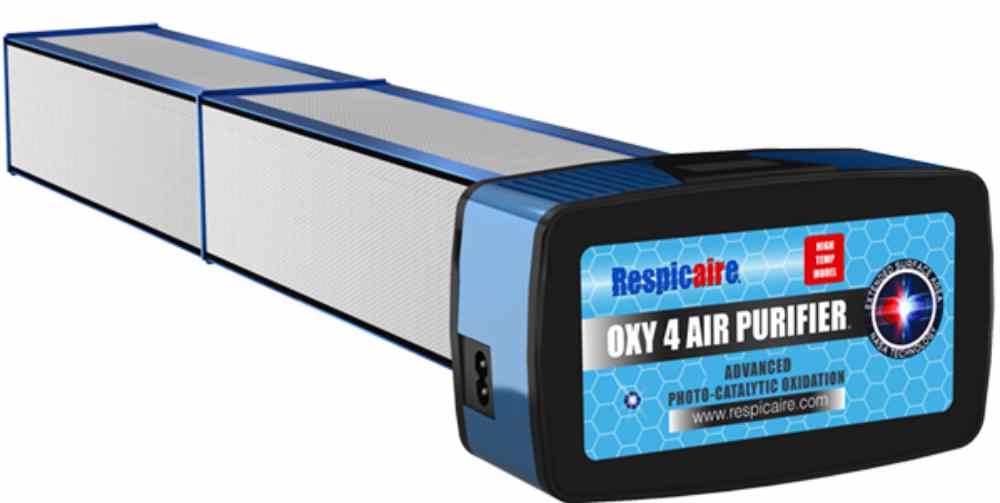As it became clear at the onset of COVID-19 pandemic that the novel coronavirus was transmitted through the air, several companies realized their NASA-derived air-quality technologies could help combat its spread. And they soon found themselves overwhelmed by demand from schools to hospitals, shopping centers, office buildings, airports, and even buses.
One of these was ActivePure Technology, formerly Aerus Holdings. Just after lockdowns took effect in March of 2020, Joe Urso, CEO and chairman of the Dallas-based company, said ActivePure had gone through six months’ worth of its inventory in the preceding few weeks. By that December, Urso said business was steady at about five times pre-pandemic levels.

At TFI Environmental Company Inc., CEO and director John Hurley noted that products like his company’s Respicaire air purifiers, which use the same family of technology as ActivePure’s, usually fill a small niche – “until something like this happens.”
Accustomed to working to convince people of the importance of indoor air quality, in late 2020 he said his Toronto-based company, swamped with orders, no longer had to convince anyone.
Respicaire’s most popular products, and all of ActivePure’s air purifiers, are based on a technology developed in the 1990s at the Wisconsin Center for Space Automation and Robotics (WCSAR), a NASA Research Partnership Center at the University of Wisconsin-Madison at the time, sponsored by the space agency’s Marshall Space Flight Center in Huntsville, AL.

Researchers there wanted to eliminate the plant hormone ethylene from the air around plants in spacecraft. Without gravity to move the air around, ethylene accumulated around plants, causing premature withering. But the solution they devised, known as photocatalytic oxidation, eliminated a lot more than ethylene.
Photocatalytic oxidation starts when ultraviolet light hits titanium dioxide, a common, naturally occurring chemical compound installed inside the device. This releases electrons, which then combine with oxygen and water molecules in the surrounding air. The oxygen and water, now with a charge, attract organic contaminants, causing reactions that turn them into carbon dioxide and water. Among the pollutants destroyed are volatile organic compounds and other harmful or odor-causing chemicals, as well as mold spores, bacteria, and viruses.
Marc Anderson, the professor who led the project at WCSAR, was one of two researchers leading efforts during the 1980s to purify air and water with titanium dioxide-induced photocatalytic oxidation – the other was Akira Fujishima at the University of Tokyo. While the technology has gained popularity in the last 20 years, Anderson said, “Fujishima and I were among the earlier scientists refining this photocatalytic process to make it a practical environmental technology. Now they’re pretty much all building on work we all did nearly three decades ago.”
At TFI Environmental, Hurley said he was surprised when he discovered the technique while scouring air-purification research. “NASA, to me, was rocket engines and fancy technology and all kinds of expensive gear.”
However, photocatalytic oxidation wasn’t the perfect solution. For example, the process can generate ozone, which can be harmful, and organic compounds might be only partially broken down, resulting in unwanted chemicals. Each company has made advances to mitigate these downsides.

Testing has shown that neither company’s devices add ozone to the air. Last summer, the U.S. Food and Drug Administration cleared ActivePure’s new Medical Guardian product as a medical device on the basis of its efficacy and safety, including assurance that it doesn’t cause concerning chemical by-products through partial oxidation. Respicaire devices often incorporate a combination of photocatalytic oxidation and other technology like activated-carbon filters that remove chemicals and particulate matter.
Testing last year showed that both companies’ purifiers were effective in eliminating the SARS-CoV-2 virus.
Read this article and other NASA Spinoffs at spinoff.nasa.gov .
Related Articles:
- Space Sniffer: NASA's E-Nose Ensures Clean Air for Crews
- Paving Slabs Clean the Air
- NASA’s Robotic Glove Finds its Fit

